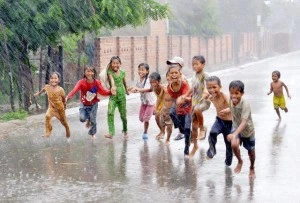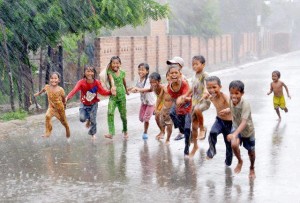Solo camping seemed like a novel idea. For months, I had imagined, romanticized, and formed a mental picture that I believed would be my most adventurous trip of the year. Spring break finally came. Even though part of me would rather sleep at home after three days of dissertation revisions, I woke up on Thursday with a spontaneous burst of inspiration to go after all.
I drove for two hours to Jones Gap State Park in Greenville, South Carolina. The campsite was nothing like the fancy RV sites in other state parks with flat ground, electricity, and water. Upon entering the site, I found myself facing a rocky, steep hill of about 58 struggling steps. It would have been fine if I had not brought a suitcase. Or if I had brought a sleeping bag instead of a comforter. Or if I hadn’t packed a basket full of food and utensils. Nevertheless, I pressed on, making about five back-and-forth trips to my car during the setup.
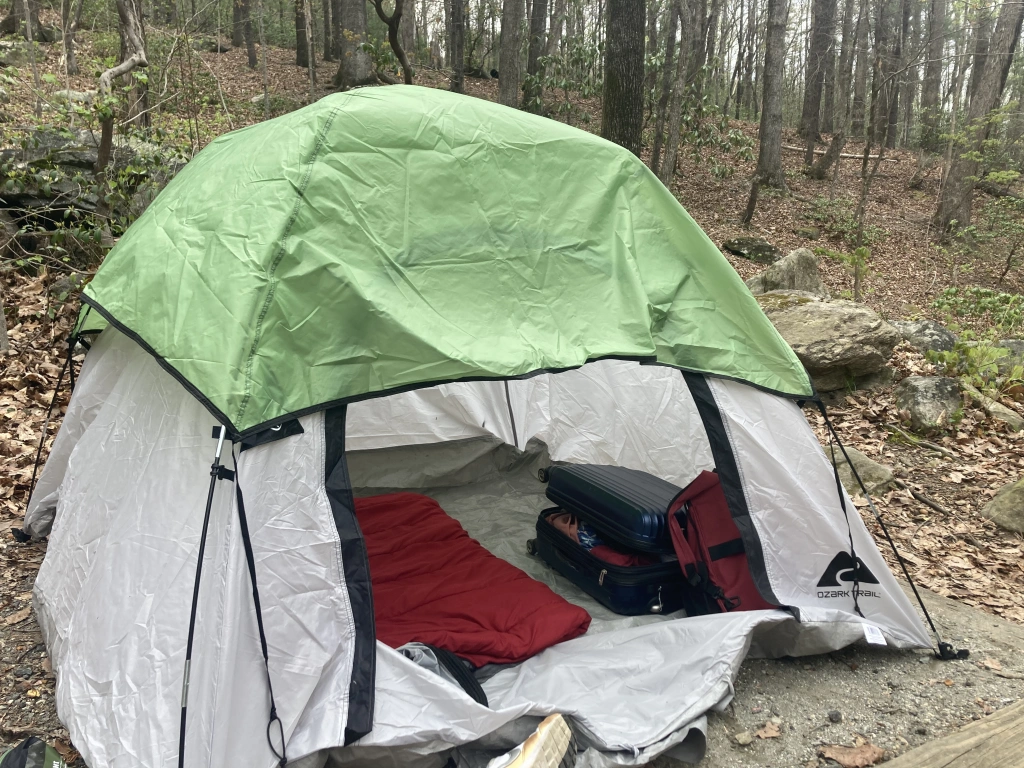
After eating a Publix-bought lunch, I decided to go for a hike. At the end of the trail, I came across a beautiful waterfall. “This is worth coming here for,” I told myself over and over again, admiring the gushing water from the top of a hill. The never-ending cycle of turbulent, aggressive currents was incessant. Ironically, listening to this noise gave me peace. I walked back, reflecting on the message I had read earlier that day, talking to God, and enjoying this sense of contentment. Upon returning to my campsite, I was excited to make my first fire. I gathered enough firewood and started preparing dinner. Since it was my first time starting a fire by myself, it was a series of trial and error. The fire kept dying out. After several attempts, I finally managed to heat the canned lentil soup, cook the ready-made rice, and fry an egg.

Towards the evening, the trip grew quieter. I soon found out that there is a difference between the word “peace” and “silence.” For me, peace is something attainable amidst a turbulent environment. Silence, on the other hand, tests you. Despite living alone, my life is never silent. Evenings are usually filled with phone calls to friends and family, surrounded by sounds of music, conversations, and the continuous noise of civilized life. Here, at the camp, the silence was evident. It seems like the adventures of the day paled in comparison to the loneliness that I felt during that time. I sat there outside my tent, beginning to regret my decision to camp alone. Tears started to form in my eyes, and I resolved to go home. In fact, I packed my suitcase and backpack, ready to dismantle my tent, when I saw the wood I gathered to make a campfire.
“What about all the firewood that I gathered?”
If I leave, it would be a waste of effort. I decided that a responsible thing to do was to burn the firewood, as leaving it might upset the park rangers. Still debating whether I should go home, I thought,
“If I go home, there won’t be any stories to tell. I did not make my first campfire. I did not see the chapel. If I go home, it means I did not face my loneliness.”
So, I started making the fire. The practice earlier was enough for this one to be successful (plus, I had lighter fluid). The crackling sound of the fire broke the silence. For some reason, I started remembering the instances of fire in the Bible–Moses and the burning bush, and the experience of the early Christian church. That’s it! A moment of realization dawned on me. When Jesus left and ascended to heaven, the disciples must have felt intense loneliness. The One they spoke with, lived with, and ate with, was taken away. Jesus knew this day would come, so He promised them a Helper.
“And I will pray the Father, and He will give you another Helper, that He may abide with you forever–the Spirit of truth, whom the world cannot receive, because it neither sees Him nor knows Him; but you know Him, for He dwells with you and will be in you. I will not leave you orphans; I will come to You.” John 14:16-18
I sat by the fire for two hours, comforted by this promise. It was no longer silent. God had spoken to me, and my heart was filled with peace. Looking at the fire, I was reminded of the Holy Spirit, a beautiful assurance that God will never leave His children alone.

The next morning, I woke up at 5AM. It was not a restful sleep, considering it was my first time doing this. Nevertheless, I woke up with a renewed burst of energy! Opening my tent, I beheld the starry sky, its beauty reminding me once again of God’s promises.
I folded my blankets, disassembled my tent, and hiked down towards the parking lot, navigating without any light. My phone, my only flashlight, had died during the night. Feeling my way in the absolute darkness, I began to feel scared again. The darkness was overwhelming.
After an hour of breaking camp in the dark, I finally made way to the chapel. I arrived and found a lot of people and tourists taking pictures. As I looked at the crowd, I realized how different the scene must have been on the night Jesus was on the cross. The Bible describes this very moment when Jesus felt utterly alone.
“And about the ninth hour Jesus cried out with a loud voice, saying, ‘Eli, Elie, lama sabachthani?’ that is, ‘My God, My God, why have You forsaken Me?'” Matthew 27:46
I was reminded how scared I felt that morning, without any light to guide me as I walked. It is true that Jesus knows whatever we are going through. He feels every human emotion–whether it be happiness, or sadness, or loneliness. He even felt separation from God due to the weight of our sins. Looking at that cross that morning, I realized there is no greater loneliness than a life without Christ. The contrast between the midnight darkness and the burst of sunlight across the hills led me to whisper a prayer, thanking God for His sacrifice. His sacrifice brought light to this dark, sinful world and touches the heart of a dark human soul. That sacrifice brought light to our lives.
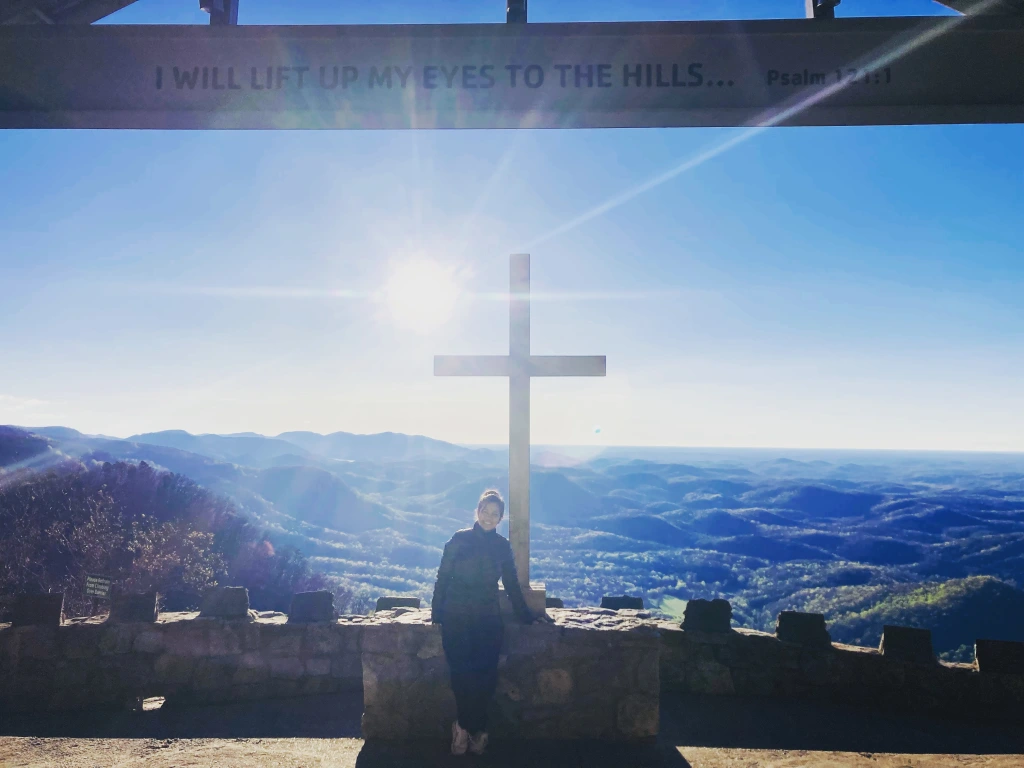
Nevertheless, if you were to ask me now, I would never camp alone again. In fact, I don’t recommend it for safety reasons. However, my curiosity has been satisfied. I can confidently say that I can make a fire, cook in the wild, and have faced my loneliness. Through this experience, I have also come to know myself better. I realized that no matter how much I tell people that I enjoy being by myself, I don’t mean that I don’t need people in my life. I learned that I was never truly alone because I have people with whom I share my life. And even in moments of intense silence with no one around, God was there. He has promised the Holy Spirit–a Comforter, a Counselor, and a Friend. The dark night, the campfire, and the cross served as reminders of this beautiful promise—that Jesus was, is, and will always be, with me.
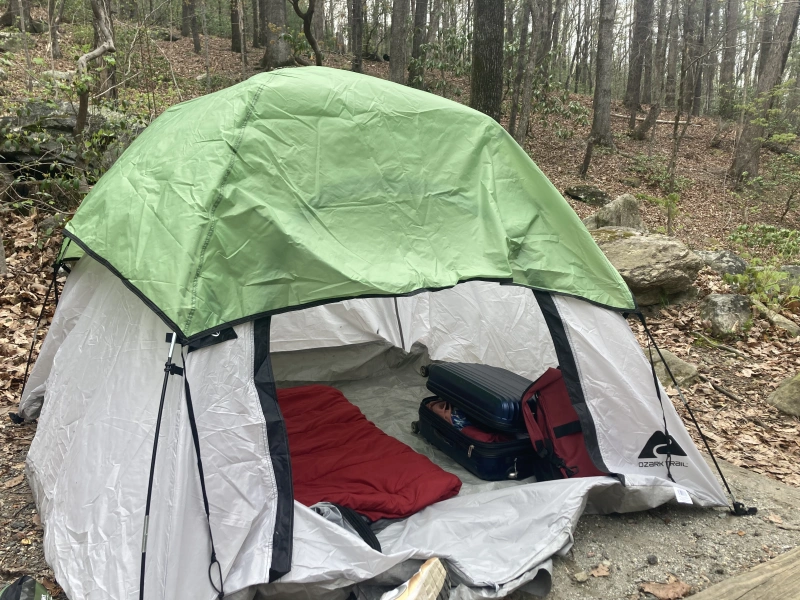




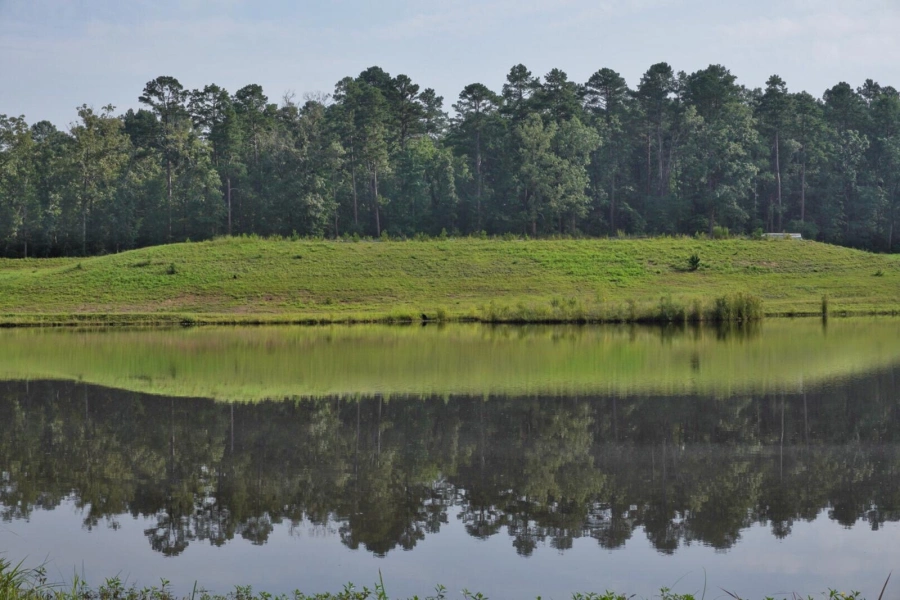
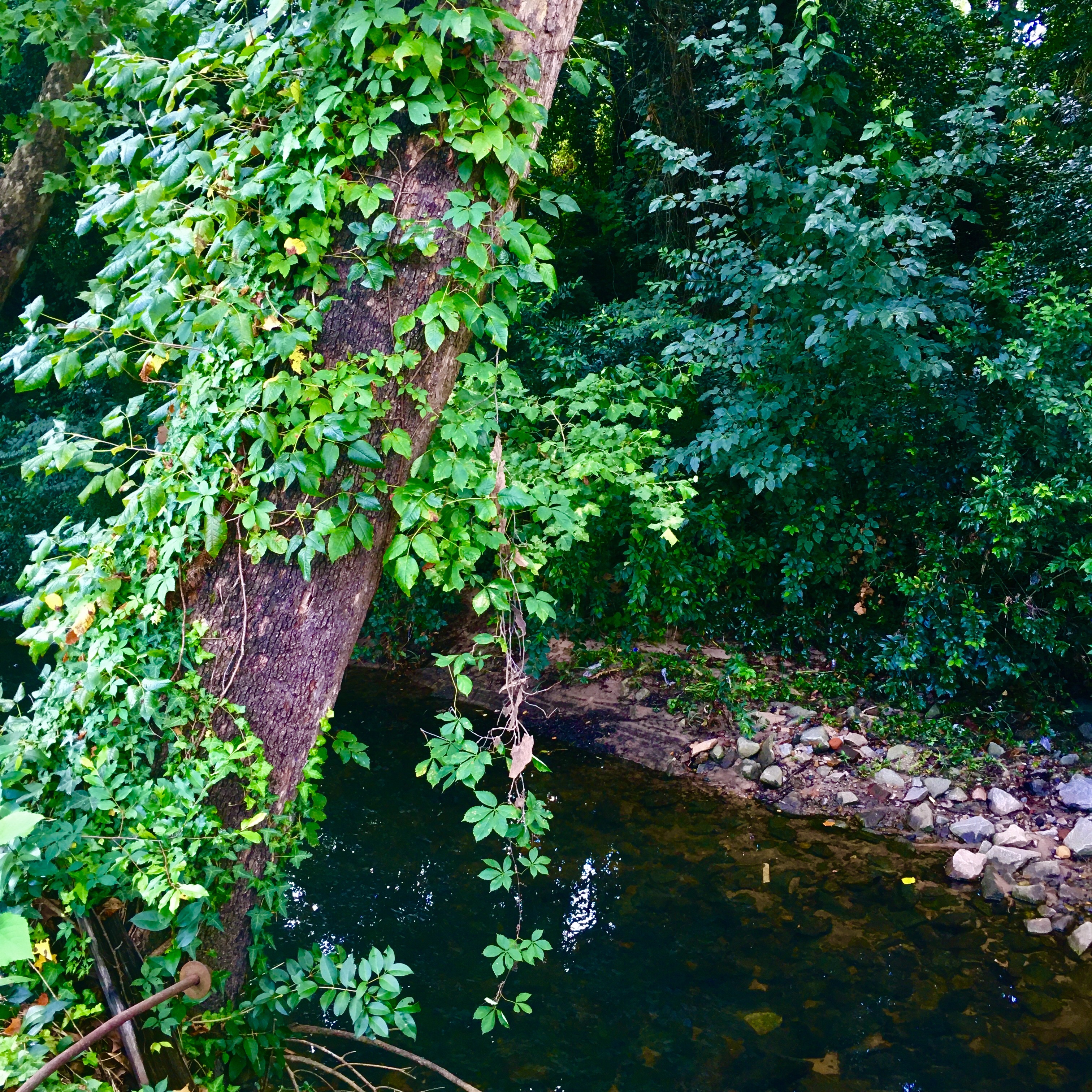 Close to my apartment is a stream, rich in fauna and flora, including a rich foliage among trees. This place is my favorite study spot because of the shade provided by the trees, a refreshing find here at South Carolina (if you know what I mean). Whenever I pass this stream on my walks, one of my favorite Bible verses always comes to mind, “He shall be like a tree planted by rivers of water, his leaf also shall not wither, and whatsoever he does shall prosper.” Psalm 1:3
Close to my apartment is a stream, rich in fauna and flora, including a rich foliage among trees. This place is my favorite study spot because of the shade provided by the trees, a refreshing find here at South Carolina (if you know what I mean). Whenever I pass this stream on my walks, one of my favorite Bible verses always comes to mind, “He shall be like a tree planted by rivers of water, his leaf also shall not wither, and whatsoever he does shall prosper.” Psalm 1:3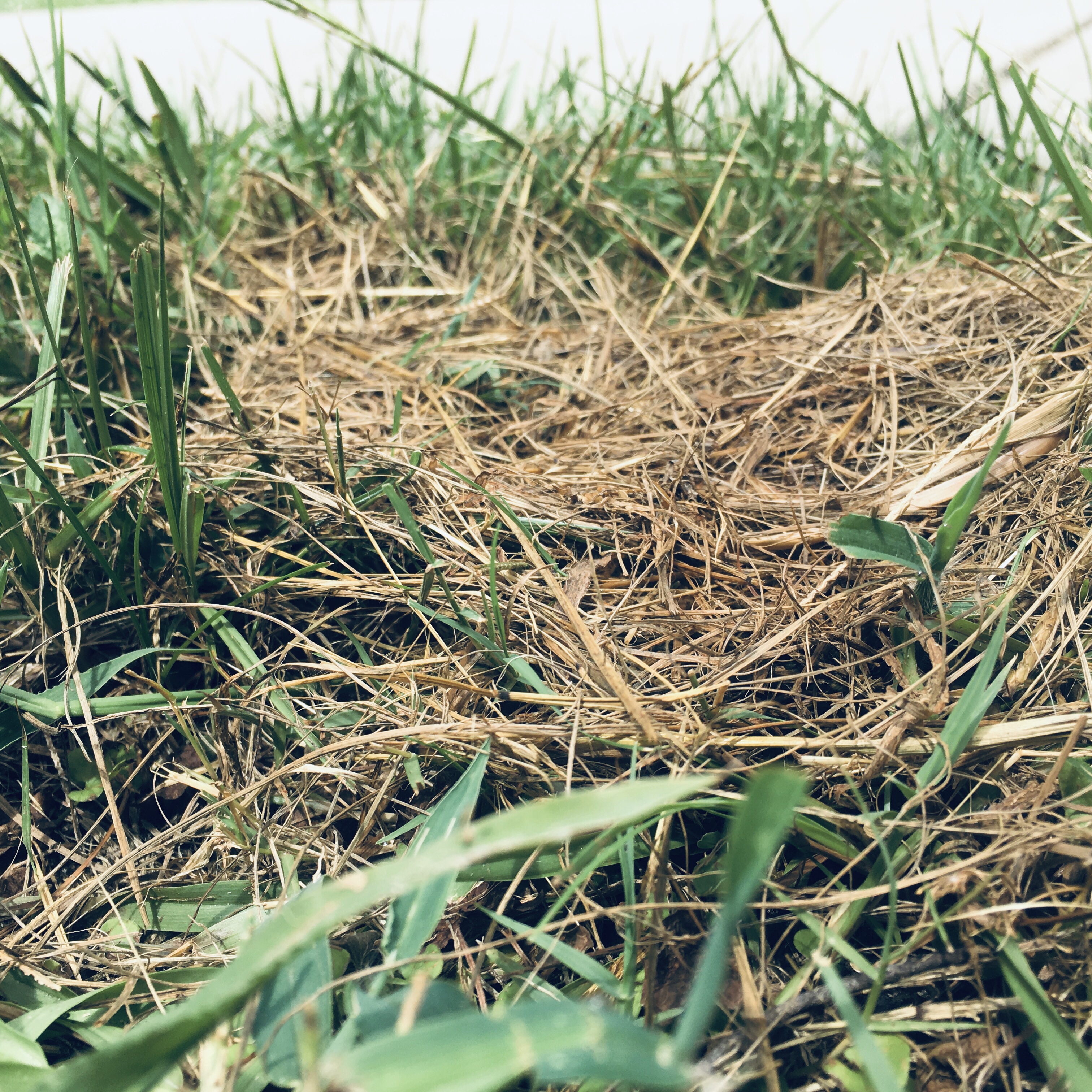
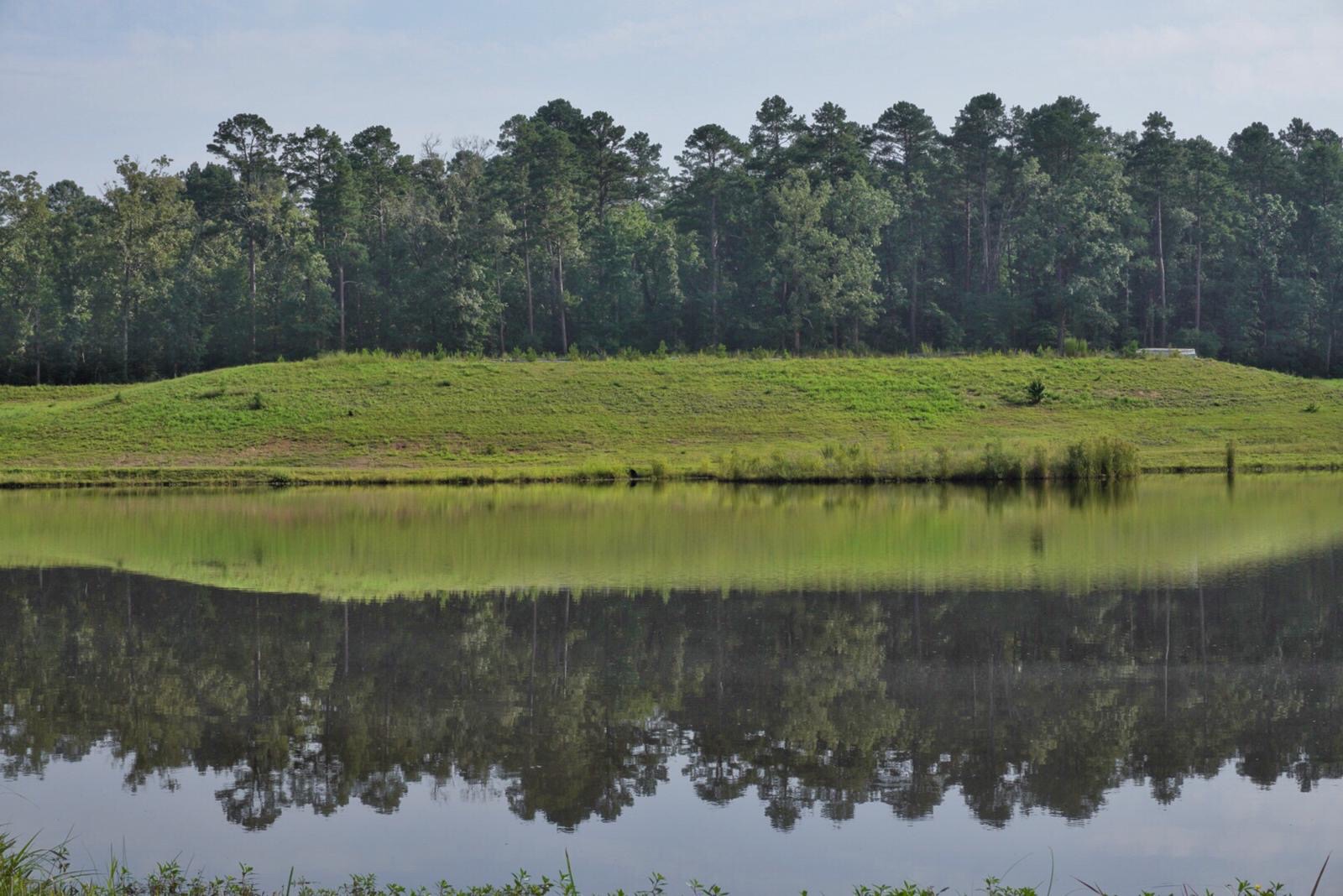


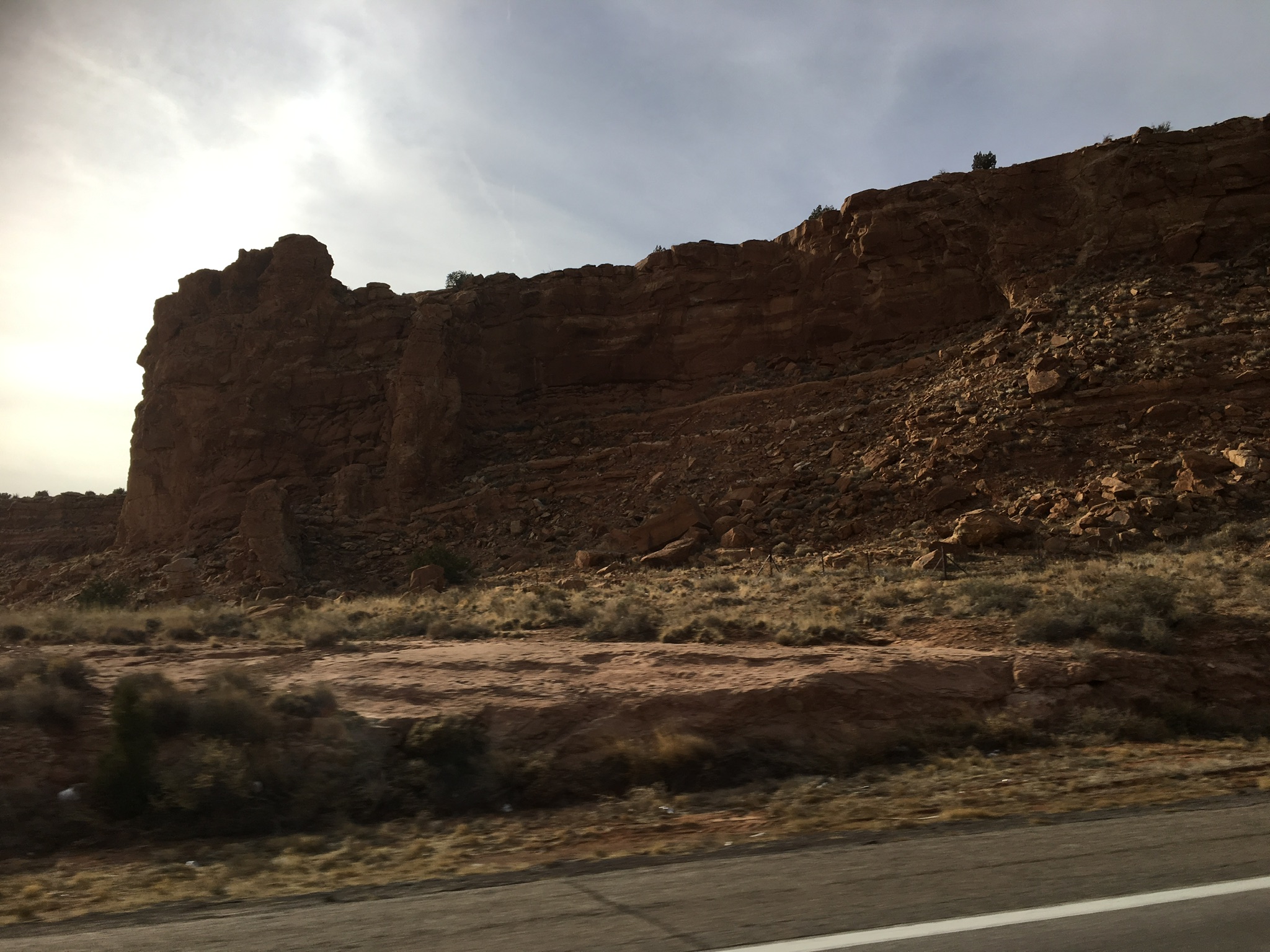 Have you ever had a kid who asks endless questions from the backseat? Now I know why. Backseats are the best thinking space, and children know this. Debates, arguments, ideas and deep questions all start at the backseat. I was the “child” at the backseat on a 34-hour drive across 9 states in the USA and here are the random questions that pop up whenever I am not asleep.
Have you ever had a kid who asks endless questions from the backseat? Now I know why. Backseats are the best thinking space, and children know this. Debates, arguments, ideas and deep questions all start at the backseat. I was the “child” at the backseat on a 34-hour drive across 9 states in the USA and here are the random questions that pop up whenever I am not asleep.